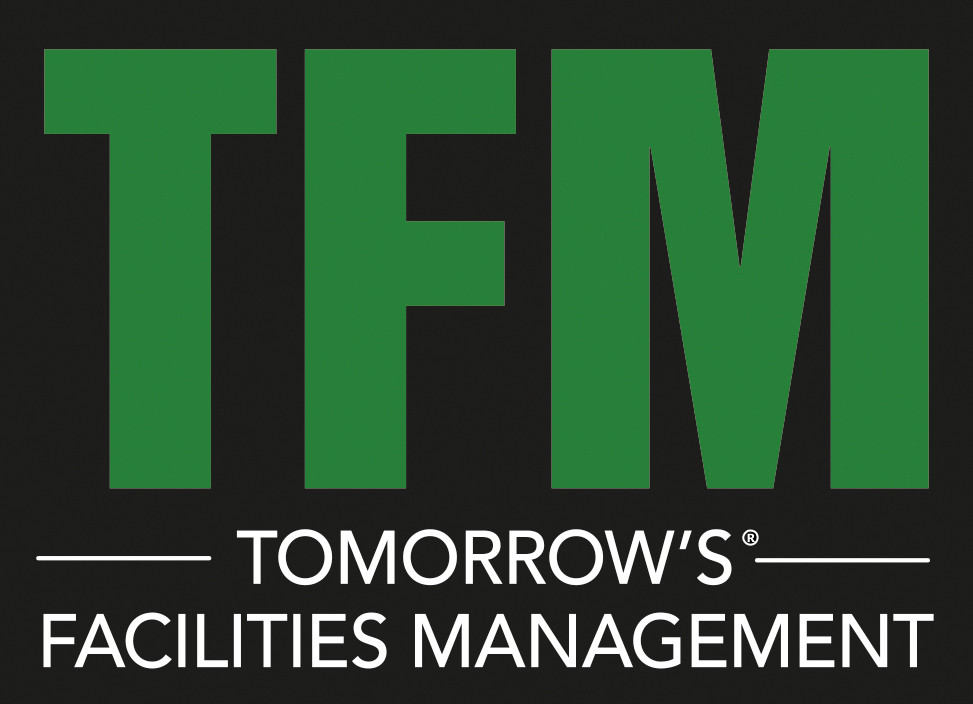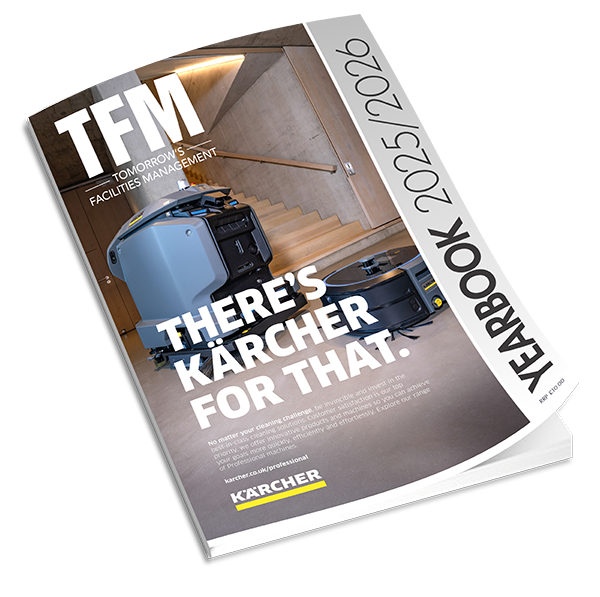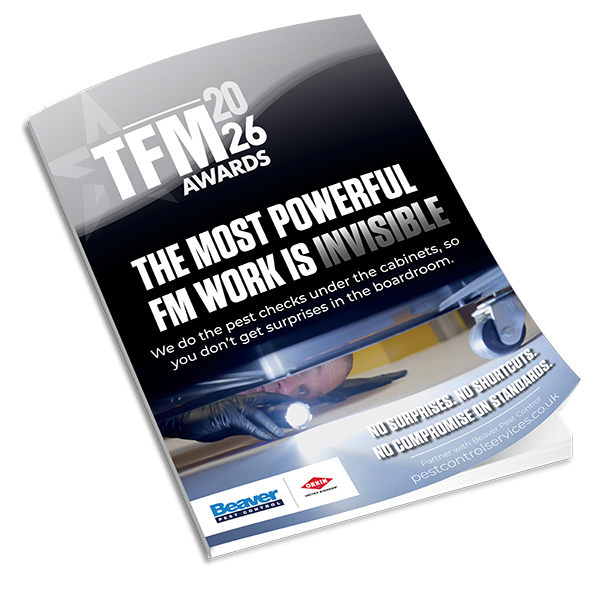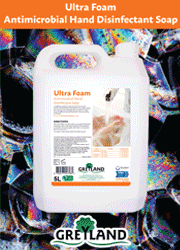A new filtration technology out of a university research laboratory is proving to be a game-changer in the fight against smoke produced by a growing number of global wildfires, says Greg Rankin, a Houston-based freelance writer.
A surge in the frequency, severity, and duration of wildfires around the globe has become increasingly problematic. One of the most concerning issues surrounding these fires is the widespread smoke that they produce. A prime example is the Canadian wildfires of 2023 which impacted large portions of North America with Air Quality Index (AQI) values frequently below safe levels. In fact, at times more than a third of the American population was under an air quality alert. Smoke also penetrated homes, schools, and businesses with numerous people reporting bouts of coughing, wheezing, headaches and even difficulty breathing. While that wildfire raged on for months, Europe and Australia were also dealing with deadly infernos and smoke-filled skies.
Prolonged exposure to smoke can cause a range of health problems making the escalation of wildfires more troubling. Even when ventilation systems are present, smoke particles can be difficult to remove from indoor air, and it is those microscopic particles that present the biggest health threat. However, an innovative technology coming out of a university research laboratory is showing the potential to play a key role in this battle.
The new filtration technology, called SPAR (Smoke and Pathogen Air Removal) – formerly known as FIL-TEX – removes smoke by actively attracting and capturing the smoke particles from the indoor air.
It was originally developed by a team led by Dr. Warren Jasper, a professor in the Textile Engineering, Chemistry, and Science Department at the Wilson College of Textiles at North Carolina State University (NC State University). Ironically, the device he invented was not intentionally designed to eliminate indoor smoke.
“It really came about by accident,” says Jasper. “I was looking at how particles get absorbed onto fibers, particularly when using charged polymers. When you charge the particles, you get improved filtration efficiencies at lower pressure drops.”
A happy accident
This led Jasper to theorize about the possibility of a more active approach to filtration. The innovation he came up with took electrodes made up of stainless-steel yarns and embedded them onto non-conducting yarns – like cotton, polyester, Kevlar, or even recycled plastic. This creates a non-thermal plasma field on the surface of the textile media.
“We really had no idea how well it would work,” adds Jasper. “Turns out it increased the filtration efficiency somewhere between a factor of 10,000 to 100,000, which was amazing.”
Jasper’s team then began testing to see what other types of particles the new active filtration device could capture. A colleague happened to have a smoke box where they were undergoing testing for a nonrelated research project.
“It was not a planned experiment, I just asked if we could put the filter in the box to see what would happen,” explains Jasper. “There were no moving parts, no active convection going on. It was purely an electrostatic attraction with the plasma filter charging the particles from the smoke.”
A video of the experiment clearly demonstrates how the smoke gets absorbed onto the fabric and within minutes the box is free of smoke.
Non-thermal plasma filtration
Plasma is often referred to as the fourth state of matter, but instead of the hot plasma seen in lightning or stars, non-thermal plasma generates little-to-no heat. Instead, it produces reactions on a microscopic scale. Acting like a magnet, the SPAR Filter attracts smoke particles – oil, tar, carbon, soot, and ash – and removes those unwanted contaminants from the air without emitting any harmful byproducts. Because the filter actively attracts smoke by creating natural convection, it does not require a fan. However, an added fan will increase efficiency.
The SPAR Filter is very thin, just 2mm thick, and lightweight. It is designed so that air can pass through the media without significant power requirements. The filter technology is licensed from NC State University through Stitch Partners where it is accessible to manufacturers who want to incorporate it into a new or existing product line. The company has advanced the patented technology to a point where it can now be easily mass produced.
Applications range from air cleaning devices, like a filter within an HVAC system, to a free-standing air cleaner. For military transports, such as submarines, ships, aircraft, tanks, and personnel carriers that cannot easily and quickly ventilate smoke, the SPAR Filter adds another level of safety for troops.
For commercial, cargo, and private aircraft, the SPAR Filter can be made into a portable smoke removal device - i.e. a smoke extinguisher - sitting alongside the fire extinguisher in a cockpit or galley.
Top form filtration
While wildfire smoke has become a focal point, there are a number of other related indoor air quality issues that the new filtration technology is tackling. These include smoke from kitchens, fireplaces, cigarette smoke, as well as exhaust from manufacturing and processing facilities.
Beyond smoke, the SPAR Filter has also proven to be effective against airborne pathogens. In a recent efficiency test, CREM Co Labs – an independent laboratory in Canada specializing in testing for the infection prevention and control (IPAC) industry – recently published its assessment of SPAR Filters.
The report authored by Dr. Bahram Zargar – an expert in virology and microbiology – demonstrated that the filter can effectively remove 99.92% of airborne viruses, and 99.99% of airborne bacteria, while deactivating 98% of viruses found on the filter’s surface. The testing was done utilizing a large, 26 cubic meter aerobiology chamber.
In a separate test that ran concurrently with the Canadian wildfire, CREM Co ran a longevity test on the filter in its large loading dock area.
“The filter was intact after running 24 hours a day for two months,” concluded the report. “During the period of longevity tests the quality of Toronto’s air was one of the worst in the world because of the fire in Quebec.”
Email: info@stitchpartners.com



































